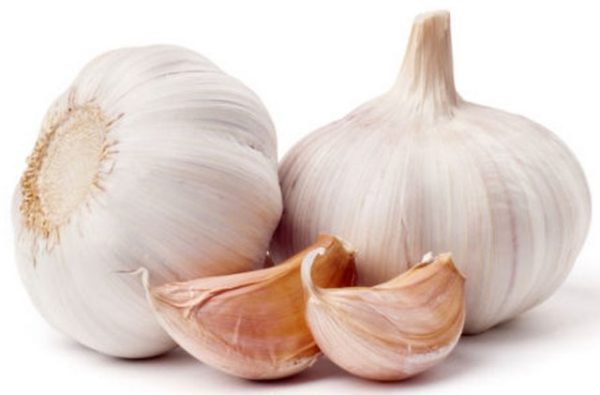Garlic is a spicy culture with a bright aroma, the strongest antiseptic and antioxidant, nothing irreplaceable spice for canning, cooking and salads. Garlic is used on the farm almost every day, so it is impossible to imagine a kitchen garden without a big bed of this useful spice. A guarantee of a rich harvest of this unique vegetable will be fertilization in the fall during planting.
Table of contents
Do I need fertilizer for garlic?
The root system of a culture is rather weak, limited and superficial, therefore for full growth, getting large heads, it is necessary to fertilize the soil and feed the plants themselves, and you should not save on fertilizers.
Garlic can be planted in two ways - winter and spring, i.e. before winter or with the onset of spring. In both cases, it is necessary to feed the vegetable. In order for winter garlic to grow strong, not to hurt, to produce a good, high-quality crop, it is necessary to start preparing the soil for a bed 2-3 weeks before planting, or even a month.
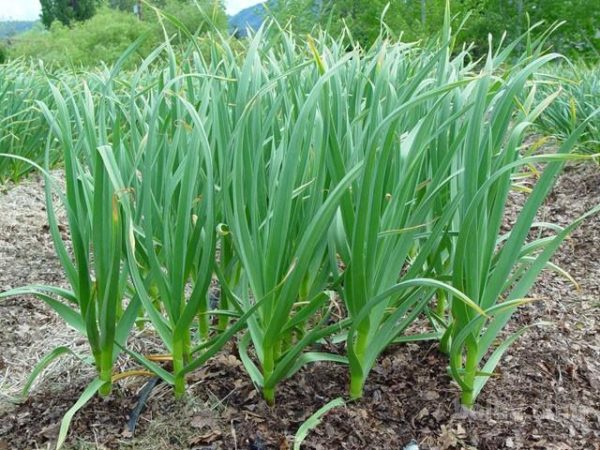
Soil preparation for planting
Garlic, along with other crops, should be included in the 4-5 year cycle of crop rotation, The best predecessors are cucumbers, zucchini, legumes, early or cauliflower, early greens, salads. The bed must first be treated with a solution of copper sulphate - 1 spoon per bucket of water for disinfection.
Then you need to dig up the earth to a depth of about 20 cm, removing weeds and their roots, generously fertilizing with humus.On 1 square. m make at least 5 kg of rotted humus or compost, adding to it 20g of superphosphate and a glass of wood ash. After that, the soil is well watered and covered for a while with a film. Prior to the landing of the cloves, the soil will remain loose, saturate with oxygen and will slightly settle.
The best fertilizers in spring and autumn
Organic (ash and manure)
Fresh manure It works very well as a top dressing, but it is not recommended to make it in the fall: the heads will become loose, and the plant itself will be susceptible to fungal diseases. Besides, manure provokes active growth of green mass, and the heads will remain small. Slurry is best to feed the beds in the spring, diluting with water at a ratio of 1: 6, repeat 2-3 times throughout the growing season.
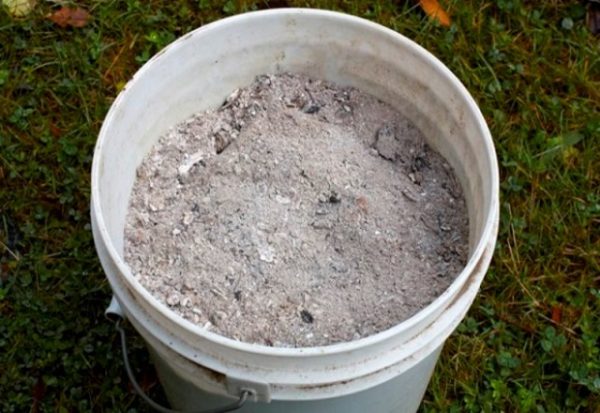
An excellent organic fertilizer is ash. It is brought along with the compost during digging or added directly to the grooves during planting. It is possible in a couple of weeks after planting to pour a solution of ash: 1 tablespoon per 1l of water, 2-3 liters per square meter. m landings. Wood ash is a complete complex fertilizer consisting of a set of trace elements, its introduction contributes to the growth of large heads.
Top dressing with chemicals
Chemical fertilizers also have a very good impact on the growth and development of heads. Before planting in the fall, it is necessary to fertilize the earth with superphosphate and potassium salts. Potassium will help to form a powerful root system of teeth before the onset of cold weather, when the soil is still warm enough, and this will allow the winter cold weather to be well tolerated by the plants.
Nitrogen-containing organics or nitrogen fertilizers should not be applied in autumn - because nitrogen causes the active growth of green mass of plants, and it doesn’t need a winter vegetable. But we must remember that in the spring nitrogen is fertilized before the emergence of shoots.
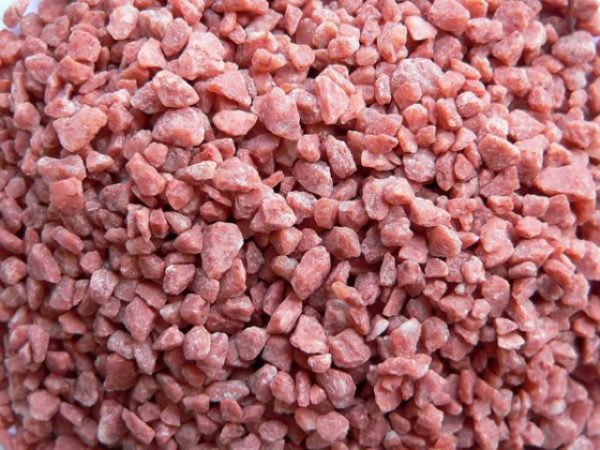
Potash salts, double superphosphate, potassium sulfate, nitrophoska will be most useful in the fall at your discretion. It is best to bring them in a complex, mixing with ash and organic fertilizers - humus or compost.
What plant green manure
Since garlic responds very well to organic matter and to “green” precursors, loves fertile and well-fertilized lands, then, of course, the use of green manure as a fertilizer will be very helpful.
The land where the garden will be located should be free from crops around the end of July. And immediately siderats are sown on it - legumes, cereals (rye, barley), but the best option is mustard or phacelia.
The roots and all the green mass of these plants contain a large amount of volatile production and essential oils, which are detrimental to many pests and eradicate viral and fungal diseases. Phacelia very quickly gaining green mass - for 1.5 months up to 200-300 kg per hundred part (equivalently equal to 250 kg of mullein / weave).
Three weeks before planting a culture, the green manure mows up (before flowering begins), the garden bed is dug up and young greens are buried in the soil to a depth of 15-20 cm. , potassium, calcium and other essential vegetables for growth and development.
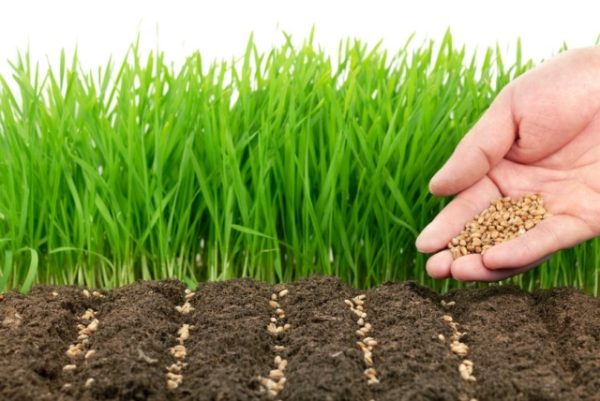
Before planting garlic, additional loosening is not required, it is enough to make grooves and plant cloves in them. Many experienced gardeners are advised to use this method of improving the quality of the soil for onions and garlic.
Garlic culture has gained popularity and has become indispensable for use due to its beneficial antiseptic properties and unique bright flavor.. It is impossible to imagine winter canning, pickles, delicious first and second courses, savory snacks without this spice. No matter how unpretentious garlic may be, proper agricultural technology of cultivation, care and dressing will help to achieve excellent yields and provide any family with a supply of tight fragrant cloves for the whole year.
